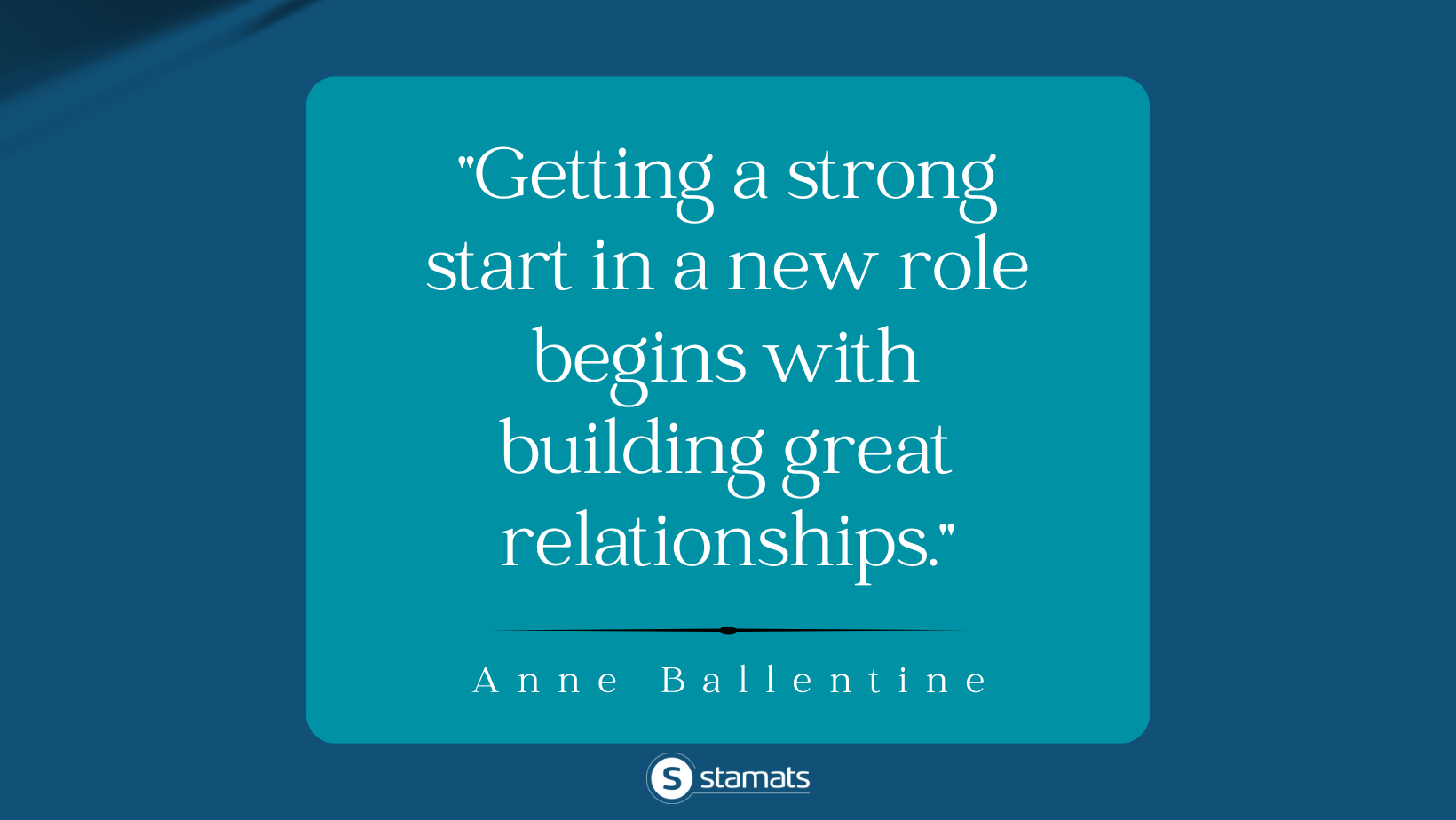Written by
on
More than one-third of all college students change schools at some point in their academic career. Still, transfer students tend to be an overlooked and underserved audience in higher education recruitment.
As the pool of traditional students shrinks (and competition gets tighter), it’s time for forward-thinking colleges and universities to redouble their efforts to engage, recruit, and retain transfer students. Here are seven ways to build a better transfer student experience:
1. Refine your Website
Your institutional website is a powerful recruitment tool, but is it geared only toward traditional students? First, take a critical look at your site to make sure it includes:
- Transfer-specific content with a delineated path for prospective transfers
- Step-by-step instructions with clear calls to action (connect with a transfer advisor, estimate transfer credits, visit campus, apply)
- Images of and testimonials from successful transfer students
- FAQs
2. Offer a Transparent Transfer Policy
Information is power. Your school’s website should also provide clear, up-to-date information on transfer policies and processes.
Offer prospective students a single point of contact to work through the details of their specific credit situation. Be transparent about which credits will transfer, which won’t, and other options available (credit for prior learning, testing out of courses, etc.).
3. Take Time to Create Preliminary Degree Plans
It’s the most pressing question on every student’s mind: “How do I get from here to there?” In other words, “How do I navigate the complexities of required courses, prerequisites, and electives to graduate on time and start my career?”
Your school’s willingness to work with transfer students to create a preliminary degree plan can make all the difference in the world. Ensure that every student’s single point of contact is equipped to develop a realistic, step-by-step path to graduation.
4. Explore Ways to Offer Credit for Life Experience
Transfer students embody a variety of life experiences — professional certifications, military service, on-the-job training, and more.
Explore ways students can gain credit by demonstrating their mastery of a particular subject. Exams, prior learning assessments, and portfolio reviews empower students to show what they already know, eliminate repetitive coursework, and shorten degree completion time.
5. Create a Mentorship Program
Transfer students may need extra support, particularly during that first transitional year.
No matter how accessible the instructors, students are often more comfortable connecting with a peer to address day-to-day challenges. Improve persistence by developing a mentorship program that pairs transfer students with experienced peer mentors.
6. Establish Transfer Student Orientations
Transfer students have their own set of unique needs. Develop a tailored orientation program (ideally, facilitated by peer mentors who were transfer students themselves) that covers the following:
- Introduction to campus culture
- Mentorship program
- Transfer credits
- Credit for life experience/prior learning
- Work opportunities
- Financial aid
7. Engage Faculty and Staff
Student success takes the support of the entire campus community. Specifically, faculty and staff can work together to improve the transfer experience by:
- Developing an advisory team to explore how to better meet transfer students’ needs
- Identifying and engaging transfer students who may be at risk of attrition
- Recruiting for peer mentorship programs
- Exploring new ways to offer students credit for prior learning and experience
From website development to demand generation services, Stamats can certainly help you connect with transfer students early, build stronger relationships, and deliver an outstanding transfer experience. Call or email to learn more.
Read Next: Higher Education Podcasting: Start With These 7 Steps
Ready to Get Started?
Reach out to us to talk about your strategy and goals.


